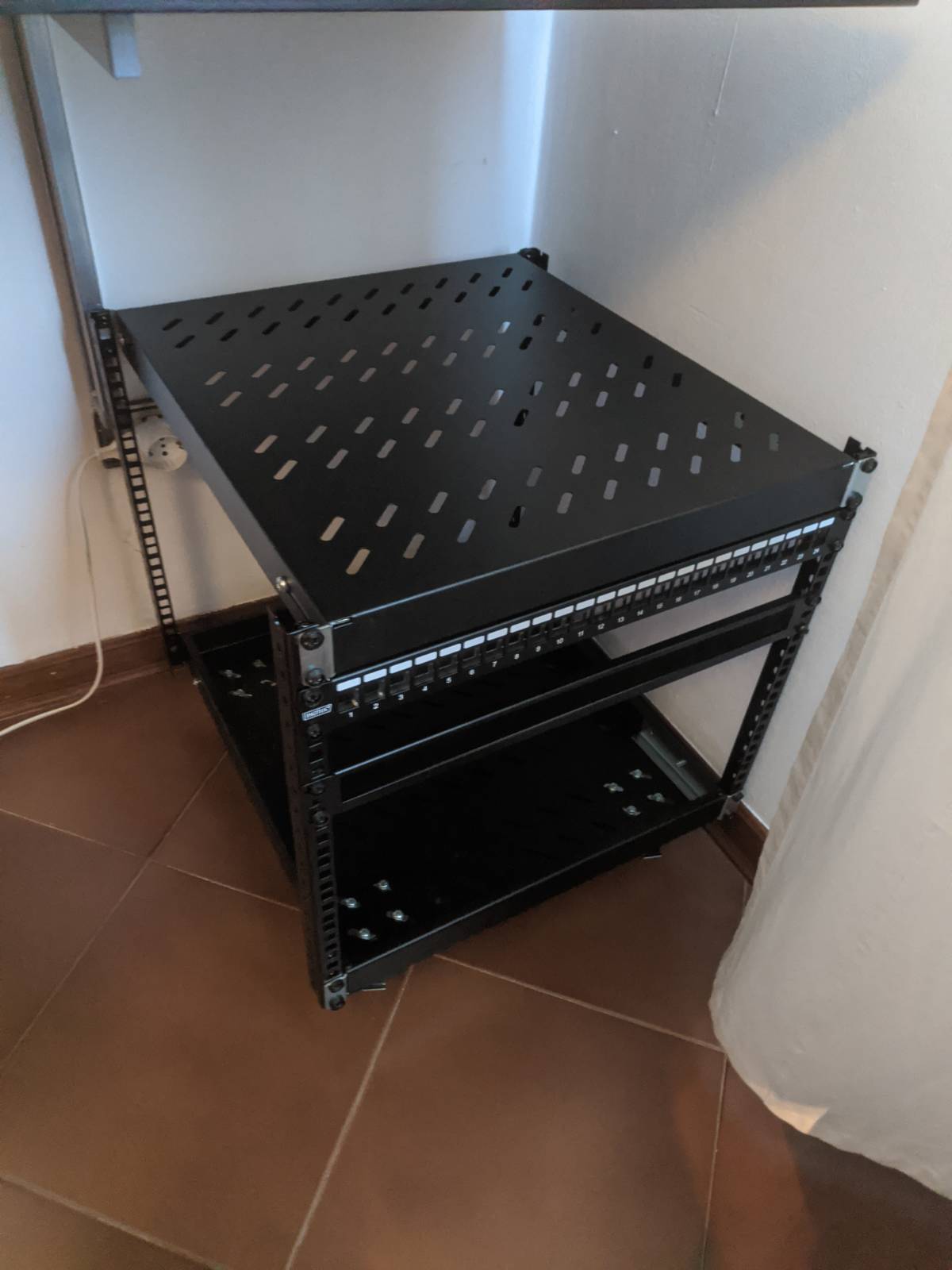I built one! I bought some rails, a couple of network trays and some wheels and there you have it!

I built one! I bought some rails, a couple of network trays and some wheels and there you have it!

emacs + org mode.
You can sync the notes files with any app of your choosing (OneDrive, Google Drive, Nextcloud, Syncthing).
I deleted my PayPal account a couple of months ago already. Problem solved.
0.13%? This is definitely the year of linux desktop.
It depends on how much time you want to spend learning it and become a power user.
If your reasonably tech-savvy and you are in for the long game, I suggest to go for n. 1: it's a worthwhile investment.
I support what some of the people here say: don't do a hard switch.
Install Linux in dual boot (or, if possible, use a dedicated machine) and see how it goes. You can always fallback to Windows if needed.
My 2 cents:
In Linux there are already much better options than Ardour that I highly suggest to try:
These are not hobbyist products, we are talking about professional level software here, so they are both paid.
In any case REAPER is usable for free if you don't use it commercially and it's so cheap for the value it brings that there are no excuses for not buying it.
Emacs. Org. Mode.
Use Orgzly Revived for mobile sharing.